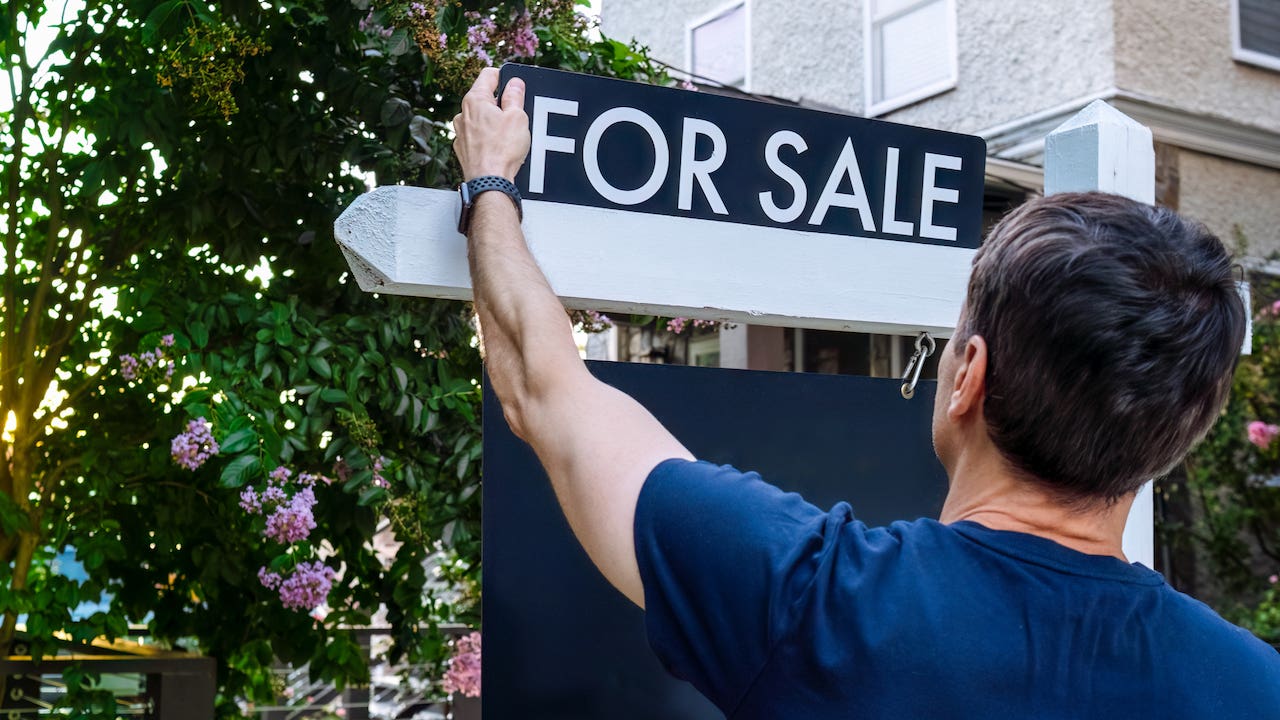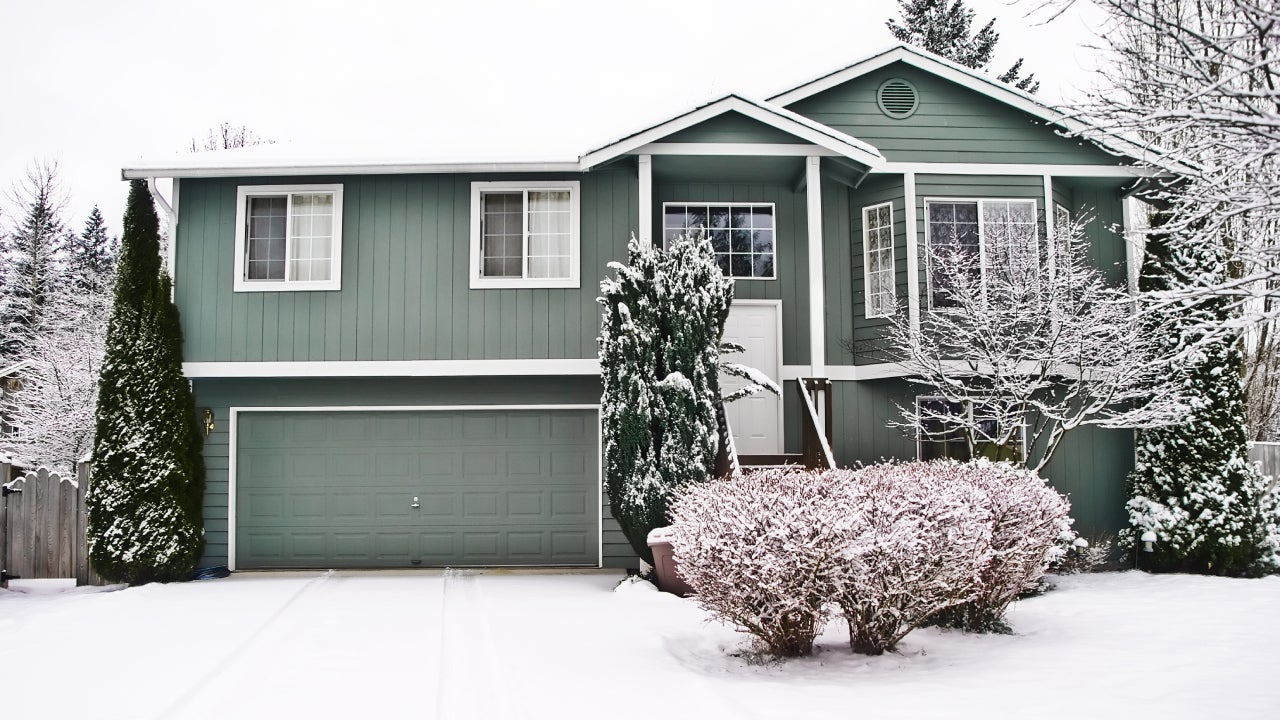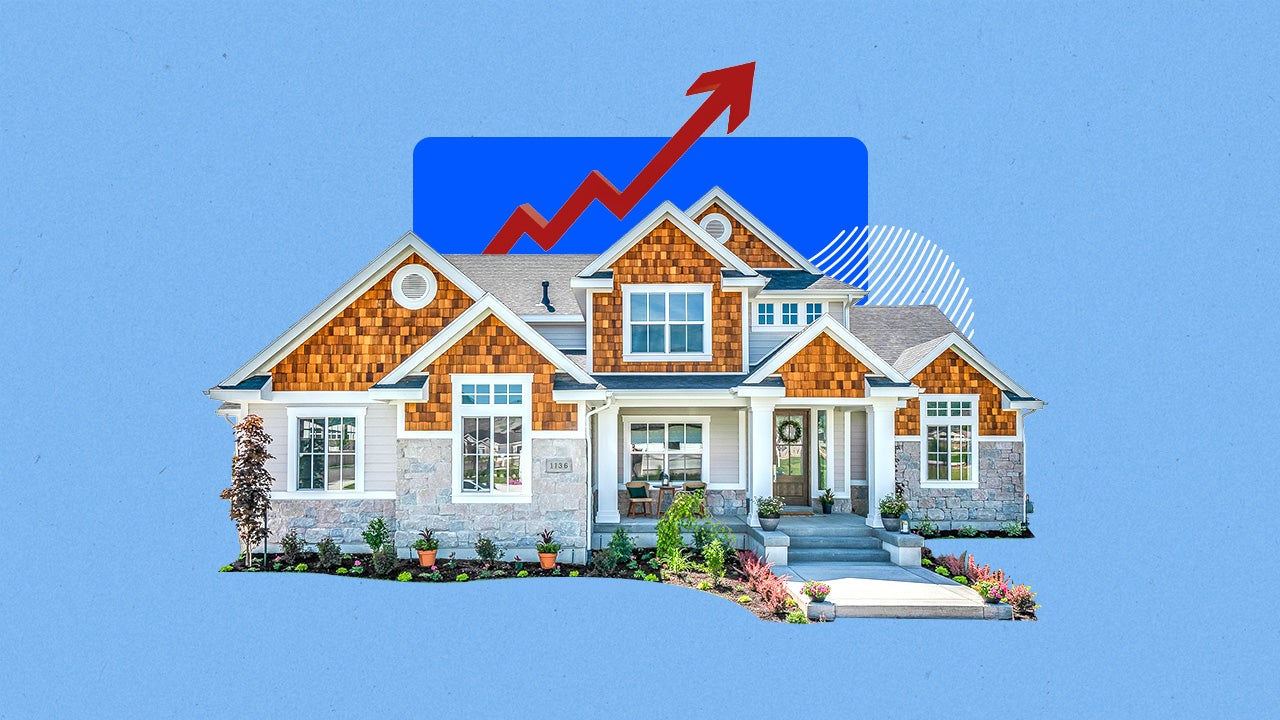Where are home prices dropping the fastest?

The pandemic-era housing boom saw U.S. home values shatter one record after another. The national median resale price topped $400,000 for the first time. In San Francisco and Silicon Valley, the sale price of the typical home approached $2 million.
Now, though, the boom has ended. Prices no longer are soaring — and in some markets, home values are actually falling. Housing economists blame the one-two punch of soaring mortgage rates and ever-increasing affordability challenges.
Price weakness is showing up in many of the high-priced metro areas that, until this spring, ranked among the hottest in the nation. The once-frothy tech hubs of Northern California and Seattle are enduring the largest pullbacks in home values, according to CoreLogic’s monthly home price index.
The retreat in home values doesn’t surprise housing economists. Many have been questioning just how far prices could climb.
“California will be a prime target for price declines,” says Lawrence Yun, chief economist at the National Association of Realtors. “It’s almost assured that expensive areas will go through some price adjustment.”
Metro areas with sharpest price drops
These 10 metropolitan areas experienced the largest retreat in values in the three months ending in August 2022, according to CoreLogic’s home price index:
- San Jose, CA: -9.4%
- Seattle, WA: -8.2%
- Oakland, CA: -7.6%
- Coeur d’Alene, ID: -7.3%
- San Rafael, CA: -6.2%
- San Francisco, CA: -5.4%
- Idaho Falls, ID: -4.9%
- Boulder, CO: -4.5%
- Logan, UT: -4.4%
- Boise, ID: -4.3%
The list is dominated by West Coast tech hubs, and by the Mountain West metro areas that saw home prices soar in recent years as new arrivals from Northern California and Seattle moved in and bid up home values.
CoreLogic’s index doesn’t report price declines in dollar amounts, but Silicon Valley is among the nation’s priciest housing markets. The median sale price for existing single-family homes in August was $1.65 million, according to the California Association of Realtors.
Recent buyers in those markets are feeling the pain. But CoreLogic economist Selma Hepp notes that home values in all of those markets remain above their year-ago levels.
How severe will this price correction be?
Housing analysts generally agree that the market is due for a correction, and that the spike in mortgage rates during 2022 has hastened the downturn. However, almost no one anticipates a crash that would rival the plunge in home prices that characterized the Great Recession.
Most homeowners today have plenty of equity in their homes, and many Americans locked in low fixed rates on their mortgages. Therefore, a repeat of the foreclosure crisis of the early 2010s appears unlikely.
Hepp doesn’t see any signs of another housing crash, which forced many homeowners out of their over-leveraged homes. Today’s owners will simply stay put, she says: “Because they don’t have to sell, they’re just going to say, ‘I’m going to wait it out.’”
Greg McBride, CFA, Bankrate’s chief financial analyst, likewise sees a slowdown rather than a collapse in home values.
“By and large, we’re unlikely to see a sharp drop in home prices,” McBride says. “While some ZIP codes may see this, those will be the exception rather than the rule. More broadly, a plateau in home prices in the most supply-constrained markets is most likely. There will be some softening of home prices. You won’t get the price you would have in April, but it’ll still be higher than if you’d sold a year ago.”
All real estate is local, as the old saw goes, and the scale of price corrections will depend very much on local factors, says Ken H. Johnson, a housing economist at Florida Atlantic University.
“Housing markets with population expansion, inventory shortages and low price-to-rent ratios will, on average, fare better than markets characterized by stagnant population growth, fewer inventory problems and high price-to-rent ratios,” Johnson says.
Home prices still rising in many markets
While West Coast metro areas are seeing a pullback, home values continue to rise in other regions. “Average prices are still rising in Florida and much of the rest of the country,” Johnson says.
According to CoreLogic’s data, these 10 metro areas had the fastest price growth during the three months ending in August 2022:
- Youngstown, OH: +9.3%
- Michigan City-La Porte, IN: +8.9%
- Kokomo, IN: +8.3%
- Fond du Lac, WI: +8.2%
- Homosassa Springs, FL: +7.5%
- Glens Falls, NY: +7.1%
- Utica, NY: +6.9%
- Danville, IL: +6.5%
- Miami, FL: +6.4%
- Longview, TX: +6.3%
You may also like

Housing market predictions for winter 2023

U.S. housing market: A nationwide overview




